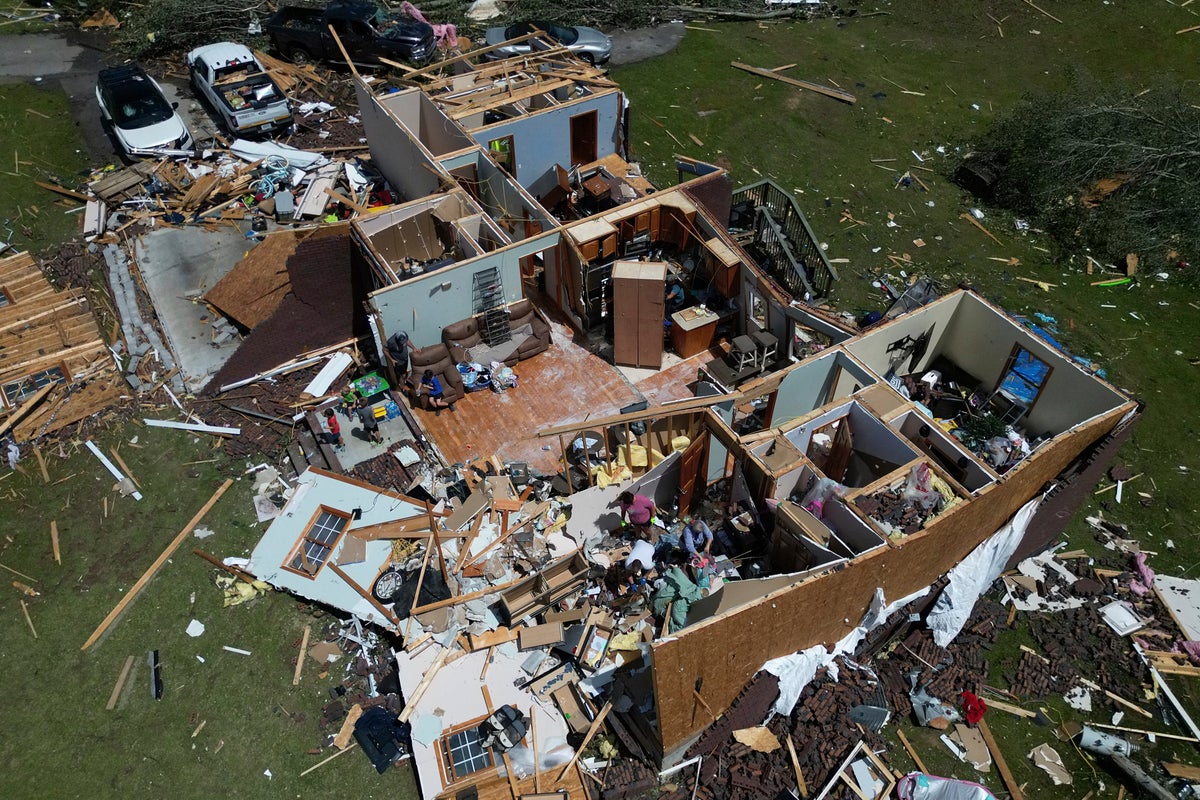The Future of Remote Water Level Monitoring
Explore the future of Remote Water Level Monitoring and how emerging tech is transforming the way we manage water systems globally.

Introduction
We’re living in a time where “remote” doesn’t just mean working from your couch, it’s how we manage the planet’s most critical resources. And when it comes to water, Remote Water Level Monitoring is the lowkey hero making sure we don’t run dry or flood the streets. As water demand grows and climate unpredictability becomes the new normal, monitoring systems are getting smarter, faster, and way more futuristic.
So where is all this headed? Let’s peek into the pipeline. (Pun fully intended.)
The Rise of Smart Water Infrastructure
From Clipboards to Cloud-Based Systems
Not too long ago, water levels were checked manually. Think clipboards, rubber boots, and people standing near reservoirs scribbling numbers. Now, sensors can relay data wirelessly in seconds—no rubber boots required.
The move toward cloud-based infrastructure means cities, farms, and industries can access real-time water data anytime, anywhere. And this isn't just fancy tech; it’s essential for preventing waste, disaster, and inefficiency.
Why This Tech Is Taking Off
-
Climate stress: More droughts, more floods, monitoring helps us adapt faster.
-
Population growth: We’re using more water, and every drop needs to be tracked.
-
Aging infrastructure: Old pipes and tanks can’t be trusted, real-time data fills the gap.
Game-Changing Technologies Leading the Way
AI & Machine Learning
Predictive analytics is the vibe now. Using historical and real-time data, AI can detect anomalies, predict system failures, and optimize water use before problems even happen. Imagine your monitoring system saying, “Hey, this reservoir usually doesn’t drop that fast on a Tuesday, better check it out.” That’s next-level oversight.
5G & Low-Power Networks
Fast data = fast action. 5G and LoRaWAN are enabling instant communication between sensors and control centers, even in remote areas. You’ll get alerts in milliseconds instead of minutes—which, in emergency situations, is a game-changer.
Solar-Powered Smart Sensors
What’s more sustainable than water monitoring? Water monitoring powered by the sun. These sensors are wireless, low-maintenance, and eco-friendly, making it easier (and cheaper) to deploy systems in remote or rugged areas.
Real-World Impact: Not Just Sci-Fi Anymore
Urban Utilities
Cities are using remote monitoring to detect leaks instantly, cut response times, and manage stormwater. Some municipalities have reduced water loss by over 30% just by switching to digital monitoring.
Agriculture
Farmers now irrigate based on exact water needs, not guesswork. This means better crops, less waste, and more resilience during dry spells.
Emergency Response
During natural disasters like hurricanes or flash floods, real-time data from remote sensors helps authorities issue faster warnings and make smarter decisions about evacuations or interventions.
Challenges to Watch
Data Overload
More data = more responsibility. Organizations need systems (and people) that can interpret massive amounts of info quickly and accurately.
Cybersecurity
With everything going digital, the risk of data breaches rises too. Water monitoring systems must be protected like critical infrastructure, because they are.
Upfront Costs
Installing remote monitoring can be pricey, especially for small towns or developing regions. But the long-term ROI? Massive.
What the Future Holds
Integration With Smart Cities
Remote Water Level Monitoring won’t live in a vacuum. It’ll plug into smart traffic systems, weather prediction models, and even emergency response protocols. Imagine a storm hitting, and your city instantly re-routing traffic away from flooded zones based on live water level data.
Global Collaboration
As climate change becomes a global challenge, cross-border water monitoring and data sharing will become more important. Remote tech will let different regions coordinate faster and respond to threats together.
Personalized Water Dashboards?
Why not? Residents might soon get water usage stats and local flood alerts right on their phones, think “Fitbit for your faucet.”
Conclusion
The future of Remote Water Level Monitoring is not just smart, it’s essential. As our world changes, this tech is stepping up to help us use water more wisely, respond to threats more quickly, and build a more sustainable future. It’s not about keeping an eye on the water anymore, it’s about making water work smarter for everyone.
Remote Water Level Monitoring isn’t just a trend, it’s the future blueprint for how we’ll manage one of Earth’s most vital resources.



































































